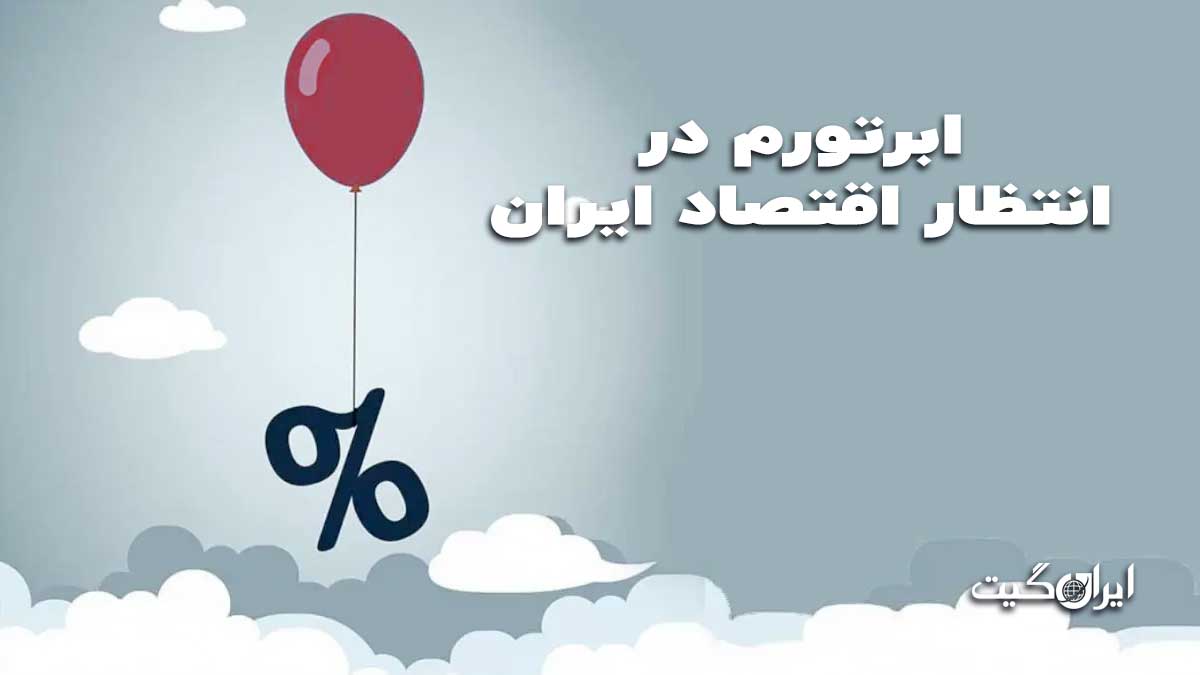Hyperinflation Awaiting Iran’s Economy Part One
Hyperinflation Awaiting Iran’s Economy
Hyperinflation Awaiting Iran’s Economy: According to Iran Gate, a group of economists, coinciding with the end of April 2023 and the emergence of signs of the country’s economic situation, have come to believe that the likelihood of hyperinflation occurring this year has significantly increased.
Some Iranian economists have recently expressed concern about the strengthening possibility of an unprecedented inflation rate jump in the coming months and warn about its consequences. According to this group of economic experts and analysts, if such a scenario unfolds, we will witness hyperinflation in the country, a hyperinflation that could lead to a situation similar to what happened in Venezuela and Zimbabwe in Iran.
But how likely is such a scenario in Iran’s economy? In a two-part report, Iran Gate has examined scenarios that could occur in the context of Iran’s economy, scenarios that might lead to hyperinflation in the country and further disrupt citizens’ livelihoods. The first part discusses the topic and defines hyperinflation, as well as provides global examples of this grim economic phenomenon.
What is Hyperinflation?
In classical definition, hyperinflation refers to a rapid and continuous price increase accompanied by a fast increase in the money supply. In other words, if such a situation occurs in the country’s economy, one should expect triple-digit inflation rates. In this scenario, monthly and even weekly inflation rates become double-digit, and prices rise at such a fast pace that items may be 10% cheaper at the beginning of the week than at the end.
Of course, a precise and specific definition of hyperinflation is generally not provided, but overall, any country experiencing triple-digit inflation has been labeled as experiencing hyperinflation by economists.
The World’s Largest Hyperinflations
Whenever hyperinflation is discussed, experts always cite examples such as Zimbabwe’s multi-million percent inflation in 2008 or Venezuela’s several thousand percent inflation at the beginning of 2019. These titles are so famous that even the term ‘Venezuelanization’ of the economy has been coined, referring to economies on the brink of collapse.
Unbelievable scenes from the situation of these two countries during the mentioned periods have been recorded, depicting the dysfunction of their economies. For instance, in January 2019, prices of goods in Caracas increased every hour. The situation was such that the government was forced to distribute free bread in the country, a policy that failed to impact people’s lives, leading to multi-kilometer queues in the major cities of this Latin American country.
Zimbabwean citizens also witnessed days in 2008 when someone intending to go to a restaurant would try to pay for their meal upon entering. The reason for this insistence by restaurant and store patrons was that the prices of items experienced strange and unbelievable increases during the meal. Therefore, customers preferred to pay for their food at the moment of ordering to avoid the inflation that could devour their assets in just 30 minutes.
The situation in Zimbabwe was such that the country’s central bank issued 100 billion dollar banknotes (the currency being the Zimbabwean dollar). The reason for this was the ever-decreasing value of the Zimbabwean dollar. The conditions were so dire that daily inflation exceeded 100%, meaning the prices of goods more than doubled within 24 hours, and the central bank was forced to print banknotes with unbelievable numbers.
Inflation in Iran
Looking at the recorded statistics over the past 90 years, it can be said that Iran’s economy is currently in the most inflationary position possible in nearly a century. Of course, much larger inflations than the current period have been recorded in times such as World War II and major famines, but these inflations existed for short periods and actually occurred as sudden spikes in Iran’s economy.
However, at no point in modern Iranian history have we witnessed inflation exceeding 40% for four to five years. It should be noted that traditionally, the inflation rate announced by official sources in Iran has always been lower than the inflation experienced by citizens, but overall, it can be said that Iran’s economy has never been this inflated and volatile.
The Outlook for the Stock Market in 2023: How Long Will Inflationary Growth Continue?
English
View this article in English

